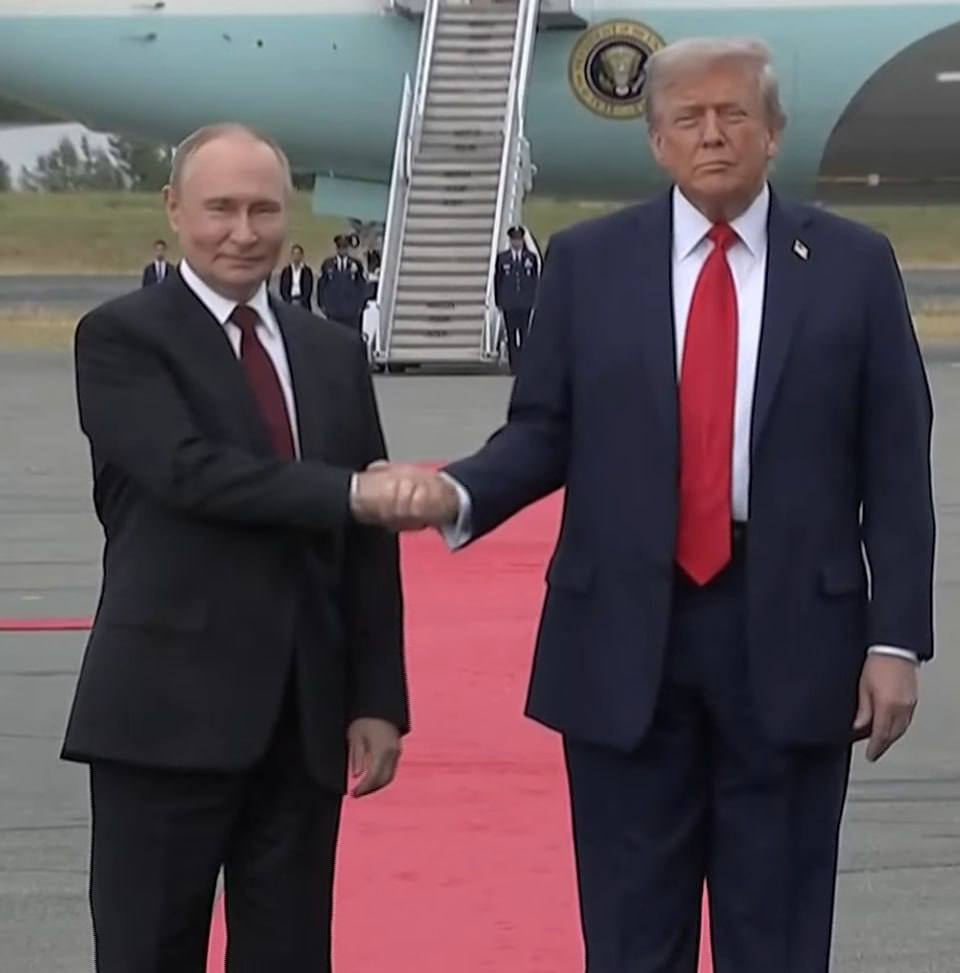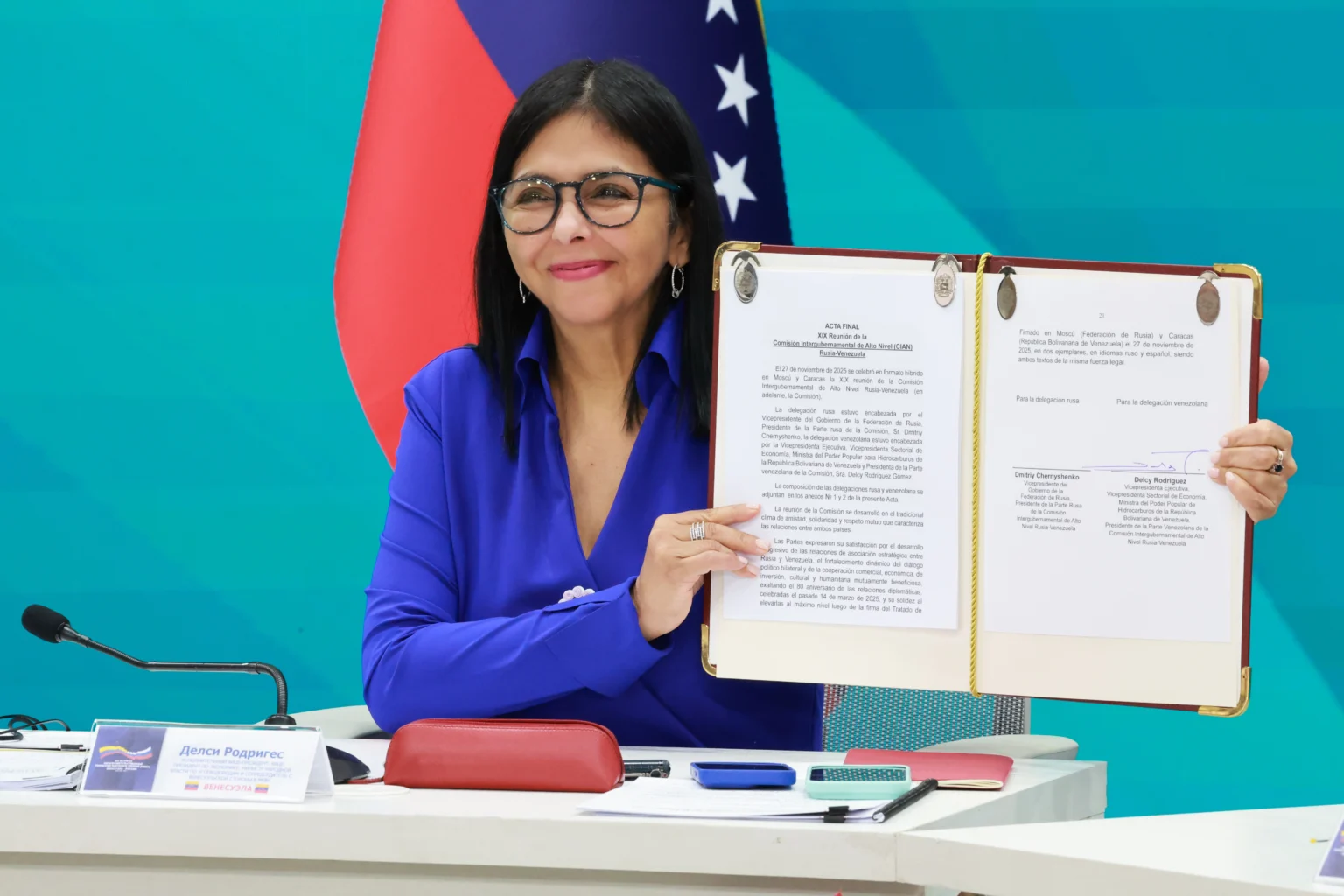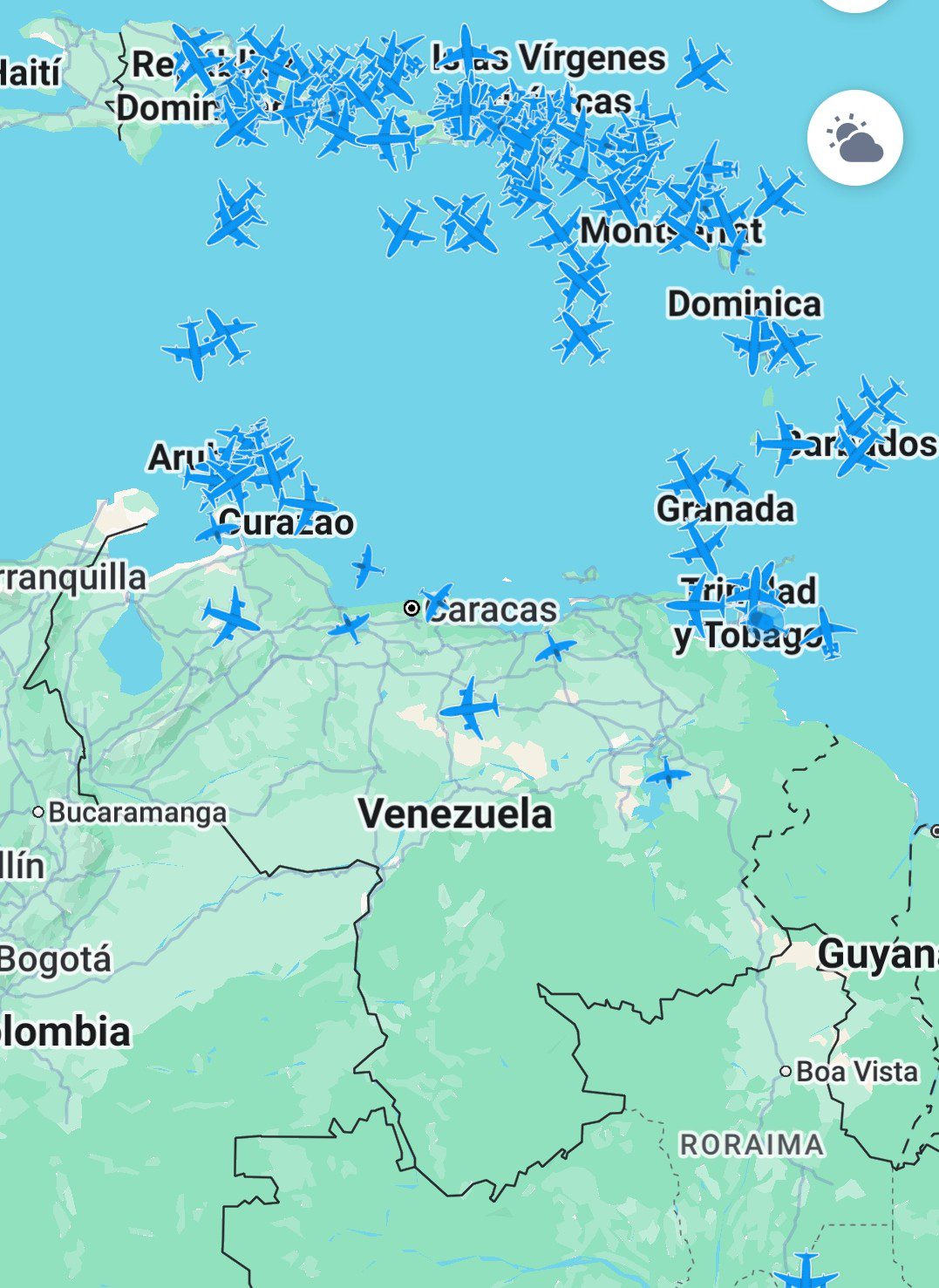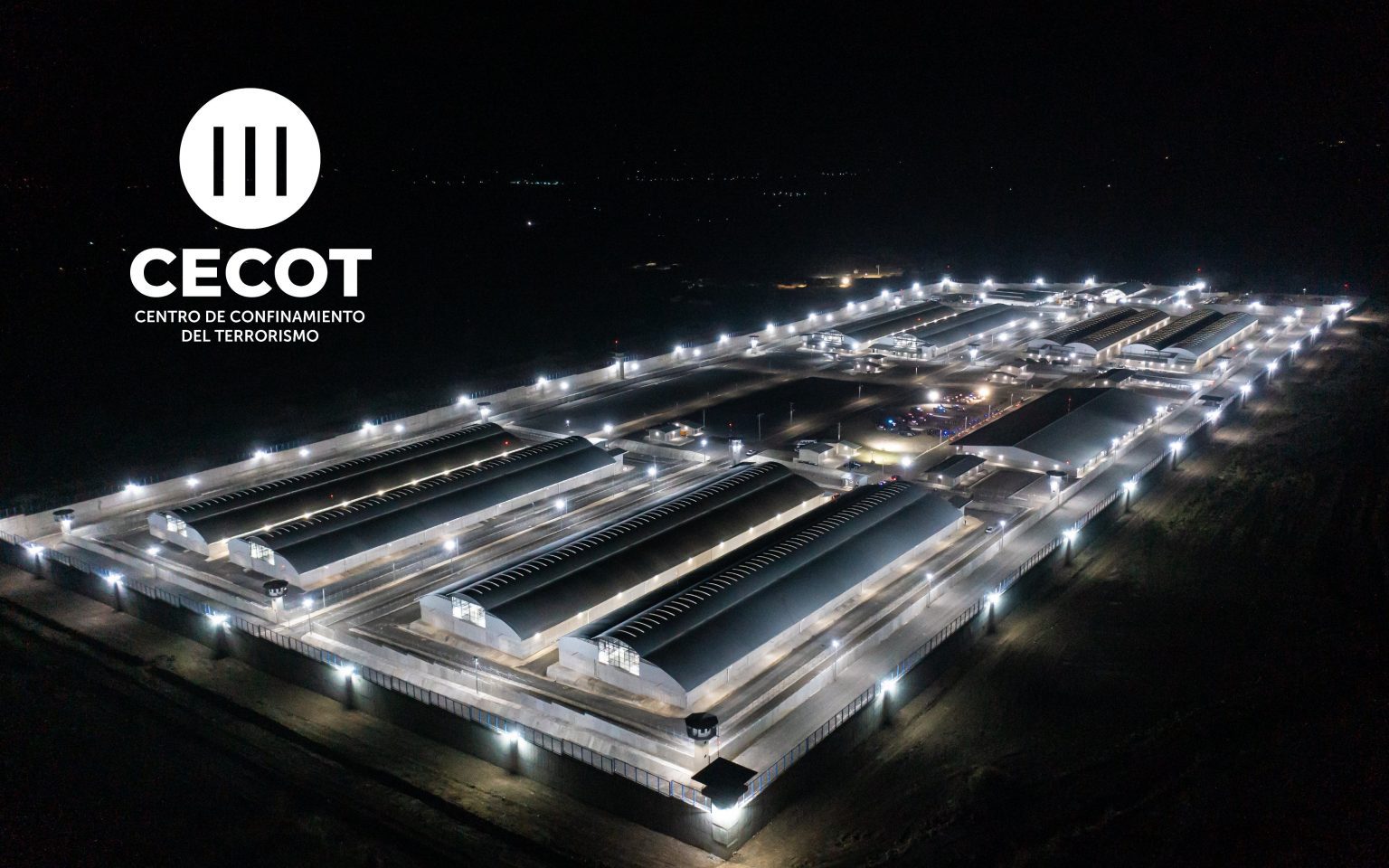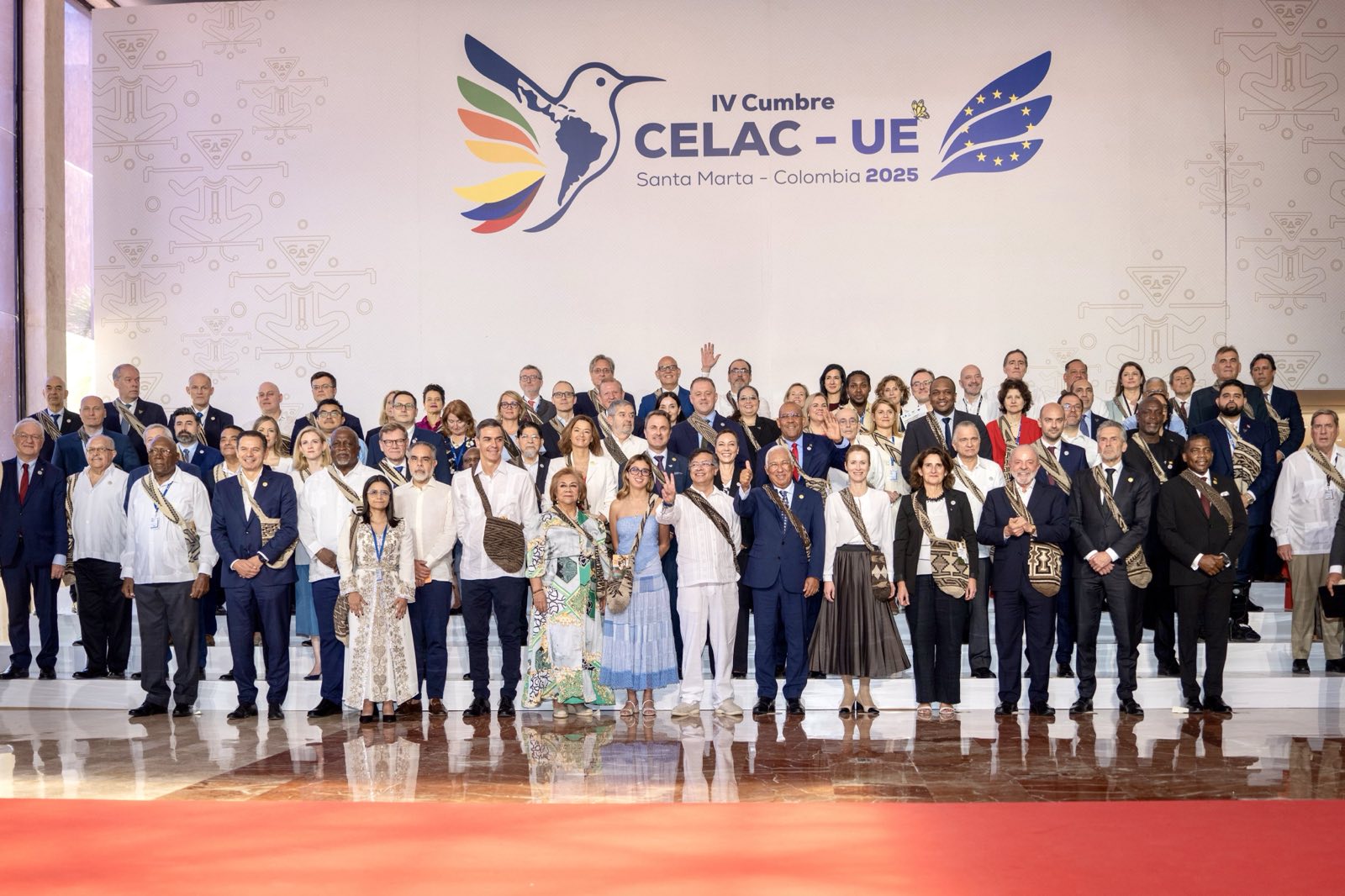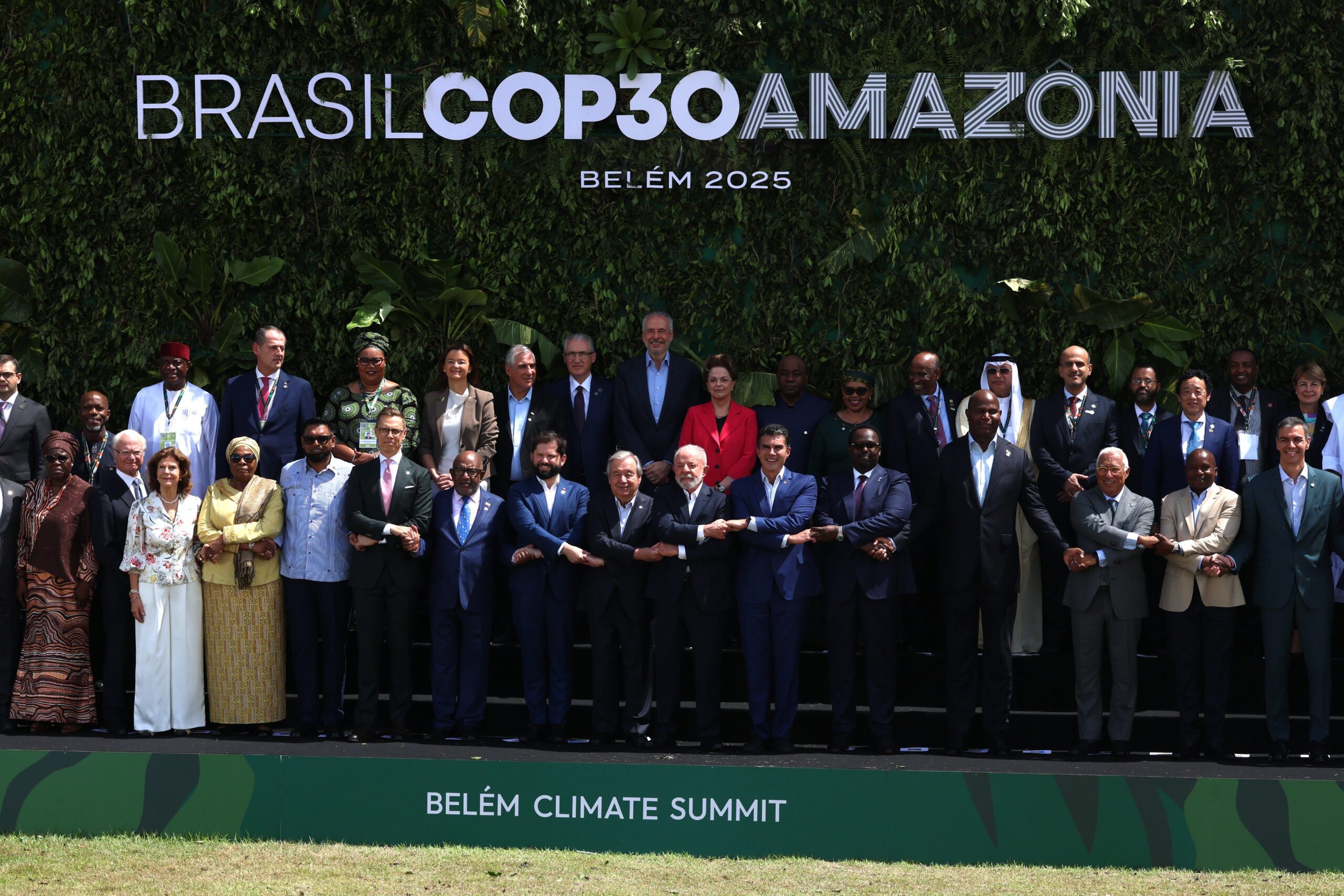Donald Trump and Vladimir Putin face off in Alaska amid a moment of great uncertainty. Photo: Social media.
Guacamaya, August 15, 2025. In Anchorage, Alaska, U.S. President Donald Trump and Russian President Vladimir Putin are meeting in a summit that, while officially focused on the war in Ukraine, carries multiple geopolitical, historical, and diplomatic dimensions. The meeting, from which Ukrainian President Volodymyr Zelensky was excluded, takes place amid international tensions and economic sanctions.
What is the Composition of the Delegations?
For the United States, the attendees include:
– President Donald Trump
– Vice President J.D. Vance
– Secretary of State Marco Rubio
– Treasury Secretary Scott Bessent
– Special Envoy Steve Witkoff
For the Russian Federation, the attendees are:
– President Vladimir Putin
– Defense Minister Andrey Belousov
– Foreign Minister Sergey Lavrov
– Finance Minister Anton Siluanov
– Presidential Advisor Yuri Ushakov
– Special Envoy Kirill Dmitriev
What Are the Background and Political Context to Consider?
The meeting is being held while many key diplomatic posts in Washington remain vacant and unconfirmed. The U.S. Embassy in Moscow has lacked a confirmed ambassador since career diplomat Lynne Tracy stepped down earlier this summer.
Before the trip, Trump spoke by phone with Belarusian President Alexander Lukashenko, a close ally of Putin, thanking him for the release of an American prisoner. The U.S. leader hinted at a future meeting with Lukashenko. Relations between Moscow and Minsk have strengthened since 2022, when Russia’s invasion of Ukraine was partially launched from Belarusian territory, and with the deployment of Russian tactical nuclear weapons in Belarus.
What is the Historical Significance of the Location?
The choice of Alaska as the summit venue is no coincidence. Once a possession of the Russian Empire, it was sold by Tsar Alexander II to the U.S. in 1867 for $7.2 million—less than two cents per acre. The purchase was initially criticized in the U.S., but the Klondike Gold Rush transformed its strategic value. In Russian nationalist narratives, the sale is still seen as a historical mistake, and Putin’s visit to what a state TV presenter called “our Alaska” reinforces his image as a leader restoring Russia’s central role on the global stage.
Putin’s trip to U.S. territory is also significant because, since the start of the Ukraine war, he has limited his travel due to international sanctions and the arrest warrant issued against him by the International Criminal Court (ICC) in 2023. This year, the U.S. has already hosted another leader with an ICC arrest warrant: Israeli Prime Minister Benjamin Netanyahu.
Trade and Sanctions
Trade relations between Russia and the U.S. unfold in an international context marked by extensive and complex sanctions, especially since the Ukraine war began in February 2022. The U.S. has implemented restrictive measures aimed at weakening Russia’s economic, technological, and military capacity and isolating it from the global financial system.
Structure and Scope of U.S. Sanctions Against Russia
The sanctions are applied in coordination with the EU, UK, Canada, Japan, and other allies, though each country maintains its own legal framework. Key measures include:
1. Financial and Banking Sanctions
– Exclusion of Russian banks from the SWIFT system.
– Freezing assets of financial institutions and the Russian Central Bank abroad.
– Prohibition on new U.S. investments in Russia.
2. Commercial and Technological Sanctions
– Restrictions on critical exports in aerospace, energy, semiconductors, and telecommunications.
– Export controls on industrial equipment, electronic components, and advanced software.
– Ban on importing Russian oil, gas, and coal.
3. Individual and Corporate Sanctions
– Asset freezes and entry bans for government officials, military leaders, oligarchs, and their relatives.
– Inclusion of Russian state and private companies on the U.S. Treasury’s SDN list.
4. Secondary Sanctions
– Potential penalties for third-party countries, firms, or banks facilitating Russian evasion of restrictions.
Impact on Bilateral Relations
Bilateral trade has fallen by nearly 90% since 2022, though the U.S. still imported around $3 billion in Russian goods last year. The EU imported $41.9 billion in Russian goods in 2024, an 86% drop from early 2022.
U.S. Objectives and Messages
Trump has publicly warned Putin of “very severe consequences” if he does not agree to end the war during the meeting. The U.S. president has suggested that if the summit succeeds, a second trilateral meeting with Zelensky and European leaders could be convened “almost immediately.”
Zelensky’s exclusion from the initial meeting was seen as a risk by the Ukrainian leader himself, who expressed hope that the summit would pave the way for “a just peace” and future tripartite negotiations. Before the Alaska summit, Zelensky spoke with French President Emmanuel Macron to coordinate positions.
Russia’s Objectives and Messages
Kremlin spokesman Dmitry Peskov has ruled out formal agreements during this meeting, emphasizing that the primary goal is to discuss “the most difficult issues” and explore paths to resolve the Ukraine war.
For Moscow, the strategic objective is to normalize relations with Washington, framing the summit as a meeting between superpowers rather than a negotiation centered on Ukraine. Putin has presented the encounter as an opportunity “to create long-term conditions for peace between our countries, in Europe, and in the world as a whole,” without announcing concrete steps toward ending the war.
Symbolism and Historical Weight
Russian Foreign Minister Sergey Lavrov arrived in Anchorage wearing an unusual outfit: light blue jeans, a black jacket, and a white sweater with the Cyrillic letters “CCCP” (USSR). This nod to the Soviet era evokes Russia’s “golden age” as a global power during the Cold War, aligning with the Kremlin’s narrative of a restored great-power status.
Kirill Dmitriev, Russia’s special envoy and head of the Russian Direct Investment Fund, compared the summit to the 1945 Yalta Conference, suggesting that, just as that meeting helped prevent another world war, Alaska could serve to avert a third. Similarly, pro-Russian Crimean leader Sergei Aksyonov proposed that Trump visit Crimea to negotiate a “new Yalta peace.”
Implications for the Arctic and the Northern Sea Route
Alaska’s selection as the summit venue also carries strategic undertones linked to the Arctic. This region, warming four times faster than the global average, is gaining geopolitical importance due to three factors: energy resources, shipping routes, and military presence.
For Russia, melting ice has opened opportunities to expand the use of the Northern Sea Route (NSR), a maritime corridor that significantly shortens transit between Europe and Asia. Moscow has invested in modernizing icebreakers, port infrastructure, and military stations along its Arctic coast, aiming to make the NSR a viable alternative to the Suez Canal while reinforcing its control over the area.
The U.S., with Alaska as its gateway to the Arctic, views this expansion cautiously. The Pentagon and Coast Guard have warned that increased Russian naval activity—including nuclear submarines and coastal defense systems—poses a challenge to freedom of navigation and strategic balance in the region.
Additionally, both Washington and Moscow have a latent economic interest: exploiting the region’s estimated reserves of oil, gas, and critical minerals. Any bilateral rapprochement could reshape the rules of cooperation or competition in a space that has so far been marked by latent tensions and the fragmentation of multilateral forums like the Arctic Council since the Ukraine invasion.
Space Cooperation: A Possible Revival?
Among the topics that could emerge on the sidelines of the summit is the potential reactivation of space cooperation between the two countries—a rare area of understanding during past decades despite political tensions.
Until 2022, the International Space Station (ISS) had symbolized this cooperation, with NASA astronauts and Roscosmos cosmonauts working together on long-duration missions. The Ukraine war disrupted much of this exchange, leading Russia to announce plans for its own orbital station and deepen ties with partners like China.
In case of a partial thaw in relations, limited technical collaboration could be discussed in areas such as crewed flights, Earth observation data sharing, and planetary defense missions. The latter could link to shared interests in protecting critical space infrastructure from orbital debris or cyber threats.
However, any progress would depend on the evolution of the Ukraine conflict and the stance of the U.S. Congress, where resistance remains to high-profile projects with Russia without clear political concessions. Even mentioning the topic in Anchorage could signal that, for both powers, space remains a potential channel to rebuild trust.
Where Does Venezuela Stand?
Russia and Venezuela have sought alternative mechanisms for bilateral trade amid Western sanctions, such as:
– Using national or third-country currencies in transactions.
– Relying on their own or allied shipping routes to avoid Western oversight.
– Exchanging energy, military, and technological goods and services outside conventional financial channels.
These measures have strengthened cooperation between the two countries but also exposed them to secondary sanctions and international diplomatic pressure.
The current global landscape is marked by a fragmented world order, with open conflicts in Europe, Africa, and the Middle East, while the Asia-Pacific region faces rising tensions. Emerging powers and counter-hegemonic blocs challenge traditional actors, creating geopolitical uncertainty. In this context, Venezuela—a Global South country—seeks to reintegrate into the international arena amid U.S. pressure to fracture Nicolás Maduro’s administration.
Venezuela’s stance on the Ukraine war has been relevant, though underreported. To understand it, we must look back to March 2024, when *The Sunday Times* revealed that Boris Johnson, UK prime minister from 2019 to 2022, interrupted his vacation in the Dominican Republic for a brief detour to Venezuela to meet Maduro. Johnson, who speaks fluent Spanish, reportedly felt at ease in Caracas.
According to British press, the controversial trip was funded by investment firm Merlyn Advisors, led by Maarten Petermann. However, the visit was reportedly communicated to the UK Foreign Office, then led by Johnson’s ally David Cameron.
During his meeting with Maduro, Johnson reportedly emphasized the need to “restore democracy” and discussed the disputed Essequibo region—claimed by Venezuela and Guyana, a former British enclave with major oil interests. Another topic was Venezuela’s support for Russia’s Ukraine invasion, though Caracas officially maintains neutrality. A Johnson spokesman said the main goal was to explore “potential UK-Venezuela rapprochement.” The trip was allegedly backed by the Foreign Office but described as a personal initiative.
Since the Ukraine war began, several Western nations have engaged with Maduro despite not recognizing him as Venezuela’s legitimate leader since 2018. Recent examples include Doha-mediated talks that allowed U.S.-Venezuela dialogue under Biden and now Trump, facilitating the return of U.S. oil firms to Venezuela and prisoner swaps.
A key moment was the visit of U.S. Special Envoy Richard Grenell to Caracas. The Trump administration has two approaches to Venezuela: Marco Rubio’s “maximum pressure” policy and Grenell’s more pragmatic, deal-seeking stance.
Days after his Caracas visit, Johnson traveled to Ukraine to meet Zelensky, whom he strongly supported while in office. The energy situation is crucial to understanding the Ukraine conflict, where Russia wages a war of attrition against NATO, and energy diversification becomes a strategic factor.
The Essequibo dispute remains a potential flashpoint, with U.S. and UK military support for Guyana and China—a Maduro ally—holding economic interests there. The G7 has expressed concern over escalating tensions.
The Financial Times previously reported on ExxonMobil’s plans to consolidate what it calls “the world’s last petrostate” in Guyana, exploiting oil reserves in the Essequibo’s Atlantic waters, where an estimated 11 billion barrels have been discovered. China participates through Cnooc, while ExxonMobil invests heavily in the contested Stabroek block. This makes the Essequibo a potential strategic conflict zone near U.S. territory.
Russia has criticized U.S. and UK military support for Guyana while deepening cooperation with Venezuela. Notably, Venezuela recognized Russia-backed breakaway regions in Georgia (2008) but has been cautious on Ukraine, not recognizing Donetsk and Luhansk.
The Ukraine war also impacts Venezuela’s energy market. A key point in Johnson’s Caracas talks was Venezuela’s position on the conflict and its energy potential. The U.S. Treasury’s License No. 44A explicitly restricted Russian firms, prohibiting:
1. New investments in Venezuela involving Russian entities.
2. Transactions related to Russian oil/gas investments in Venezuela.
These measures aim to exclude Gazprom and Rosneft—key Maduro partners—from Venezuela’s energy sector. Western sanctions have hit Gazprom hard, with 2023 revenues dropping 30% ($6.9 billion loss), affecting Russia’s war economy.
During Trump’s first term, Russian banks played a key role in financial triangulation, helping Venezuela mitigate sanctions. However, this also increased Venezuela’s exposure to Russian financial volatility and U.S. diplomatic pressure.
The Trump administration later issued a private license for Chevron, aiming to curb Russian and Chinese expansion in Venezuela’s energy market. Yet China remains the only country with the financial capacity to revive Venezuela’s oil industry, as noted by Tamara Herrera in *UCAB’s “On Sanctions in Venezuela.”* Even if Russia-related sanctions were lifted, Maduro would not automatically regain access to financing for PDVSA. Rosneft’s situation is also unclear, given Qatari ownership and mediation between Washington and Caracas.
An international agreement would not necessarily involve direct negotiations over Maduro’s rule. Broader strategic issues between Russia and the U.S. transcend Venezuela. However, if Washington and Moscow increase cooperation, it could reopen dialogue among Venezuelan factions.
The Trump administration strongly backs opposition leader María Corina Machado, while Russia has been Maduro’s key ally. Strategically, this could lay the groundwork for renewed internal negotiations—though this is a complex issue requiring deeper analysis.
The U.S. seeks to secure its role in Venezuela’s energy market, limit Russian revenue, and favor American firms in local oil production amid the Ukraine war.
France has also engaged diplomatically. Macron, alongside Petro and Lula, promoted 2022-2023 talks in Paris between Venezuela’s government and opposition, seeking stability and Venezuelan oil’s return to the market. Firms like Maurel et Prom (France), Repsol (Spain), and ENI (Italy) aim to regain permits revoked under Trump. The EU, driven by energy needs and distrust of Russia, may find strategic opportunities but lacks the U.S.’s hardline stance.
Other global factors add uncertainty:
– Middle East tensions, including Houthi attacks in Yemen and the Red Sea.
– The Zangezur Corridor deal in the Caucasus, reducing Russian influence while boosting Turkey and the U.S.
– Libya’s conflict, pressuring European energy supplies.
– Russia’s naval base in Sudan, patrolling the Red Sea amid Western oil-shipment tensions.
In this complex landscape, a Ukraine peace deal could significantly impact Venezuela. Yet energy disputes, territorial tensions, and geopolitical rivalries demand careful analysis before predicting scenarios for Venezuela’s stability and international reintegration.
The answer, as always, goes beyond a simple yes or no—requiring deep analysis to leverage this international juncture in favor of the Venezuelan people.

